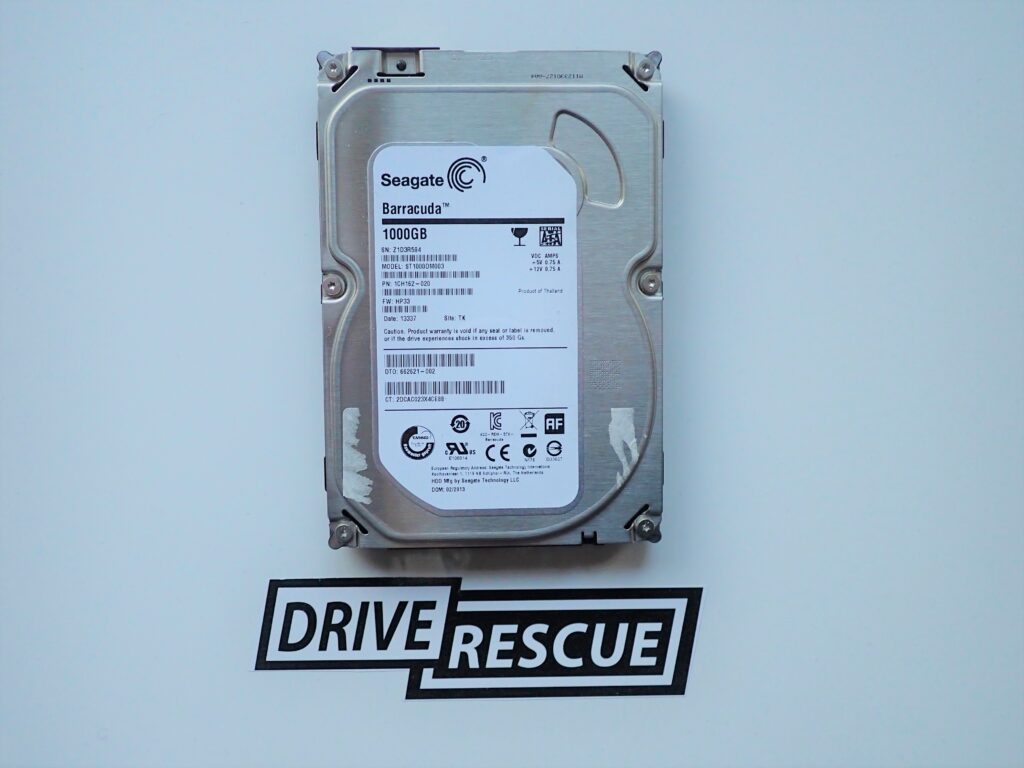My 3TB/7200RPM HDD has been decaying over the years, up to his "spike', where simply opening it on the file explorer slows it down.
About 300GB is unused; powered on hours:11210h; 97 reallocated sectors
I would like to save some of it by copying on my main drive where i keep my OS, but not my recordings or game files. However it is painfully slow, almost impossible.
Is there anything that i can do to try and salvage some of the stuff i need?
Iam currently trying to create a recovery (image) via Veenam, but its also pretty sluggish.
Thanks in advance.
About 300GB is unused; powered on hours:11210h; 97 reallocated sectors
I would like to save some of it by copying on my main drive where i keep my OS, but not my recordings or game files. However it is painfully slow, almost impossible.
Is there anything that i can do to try and salvage some of the stuff i need?
Iam currently trying to create a recovery (image) via Veenam, but its also pretty sluggish.
Thanks in advance.



